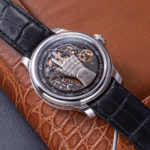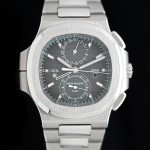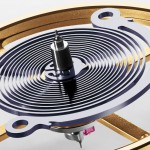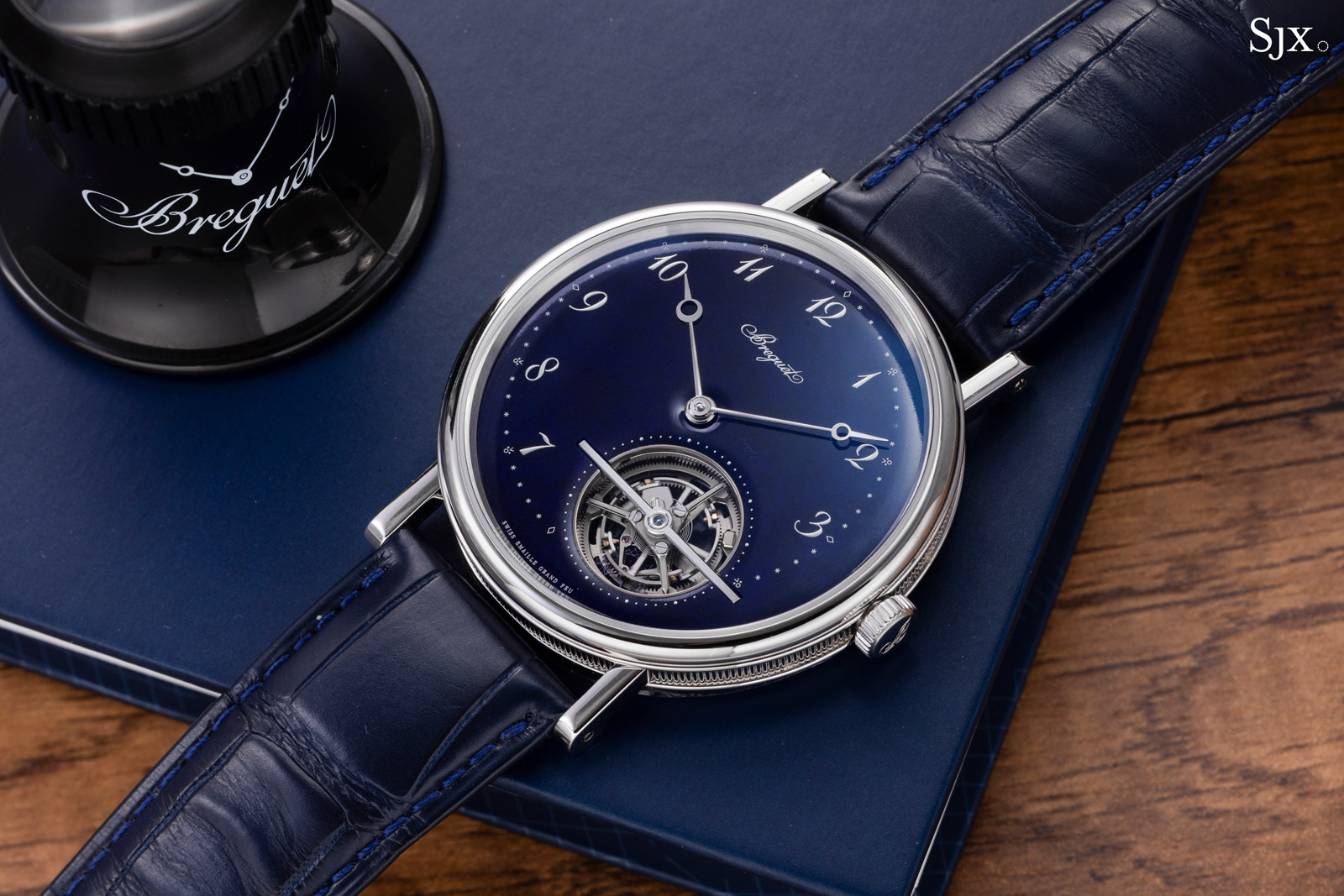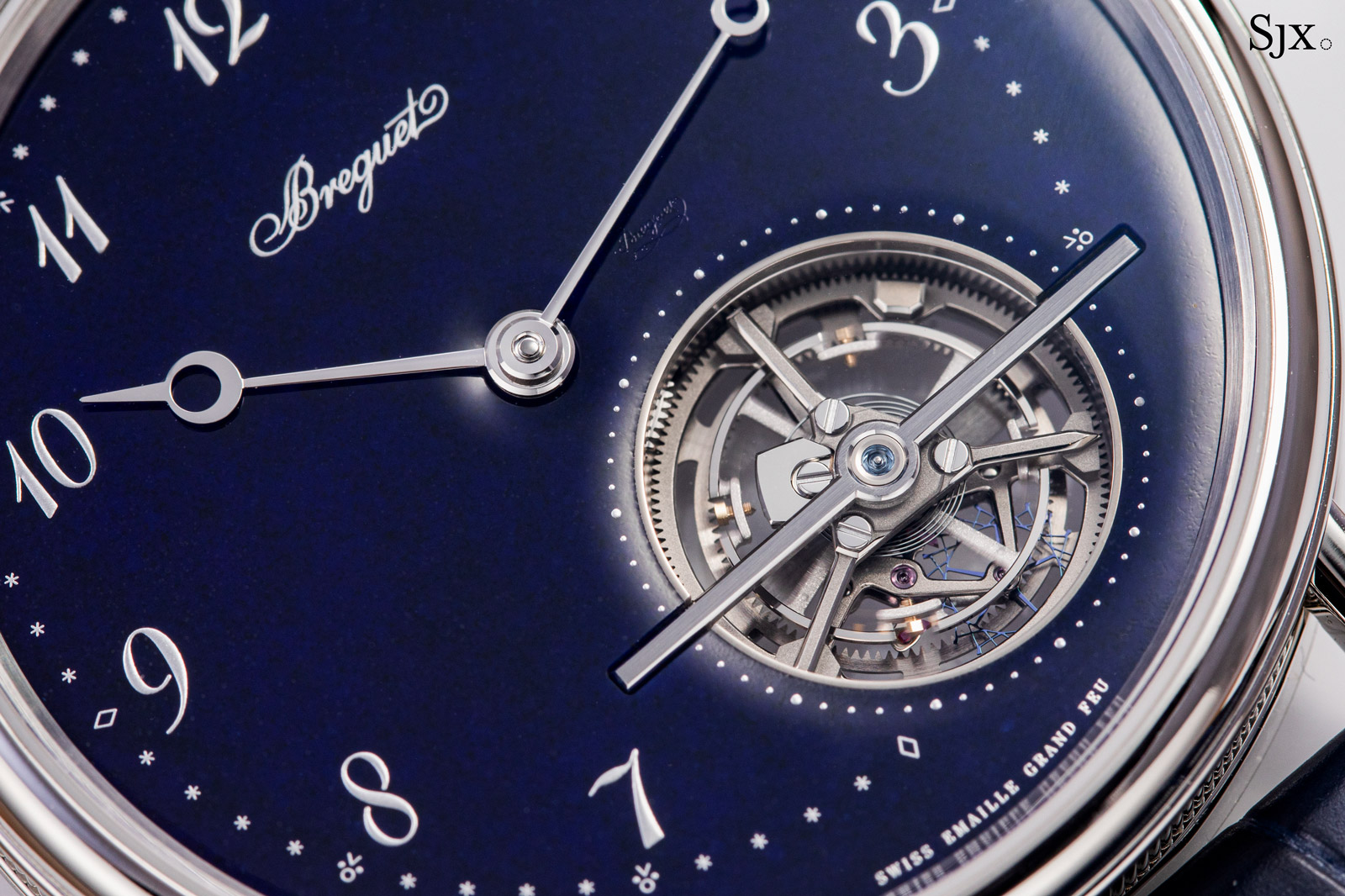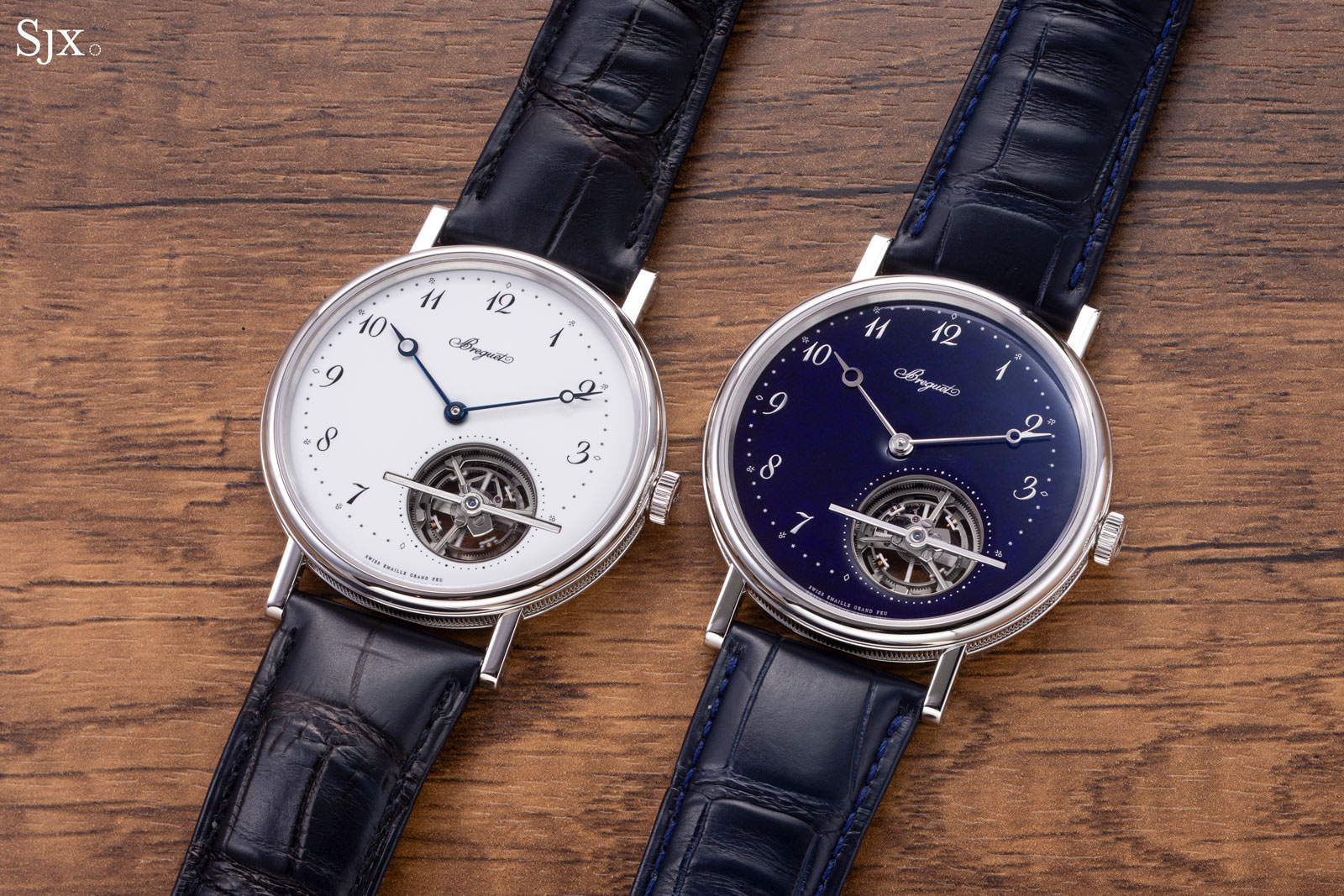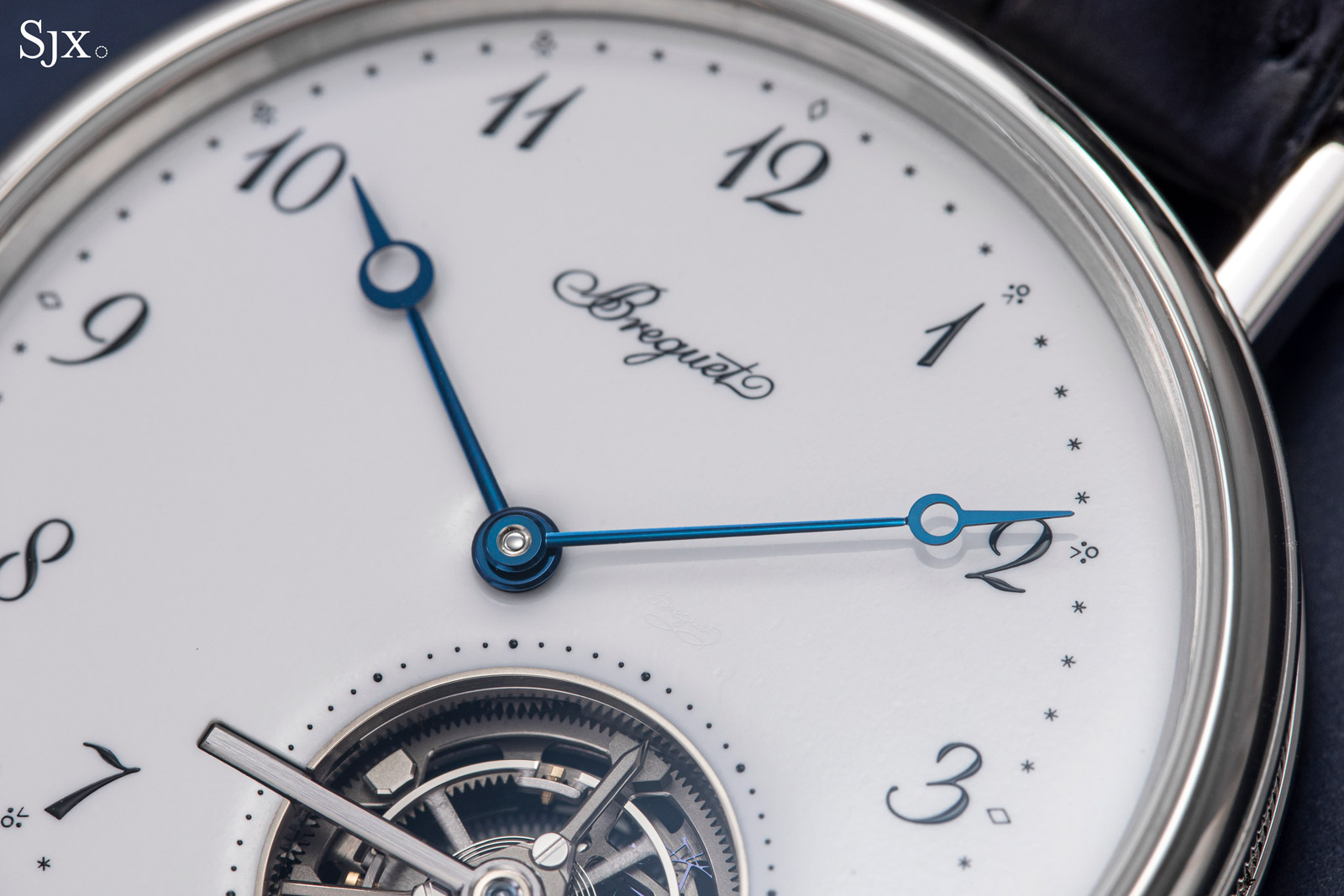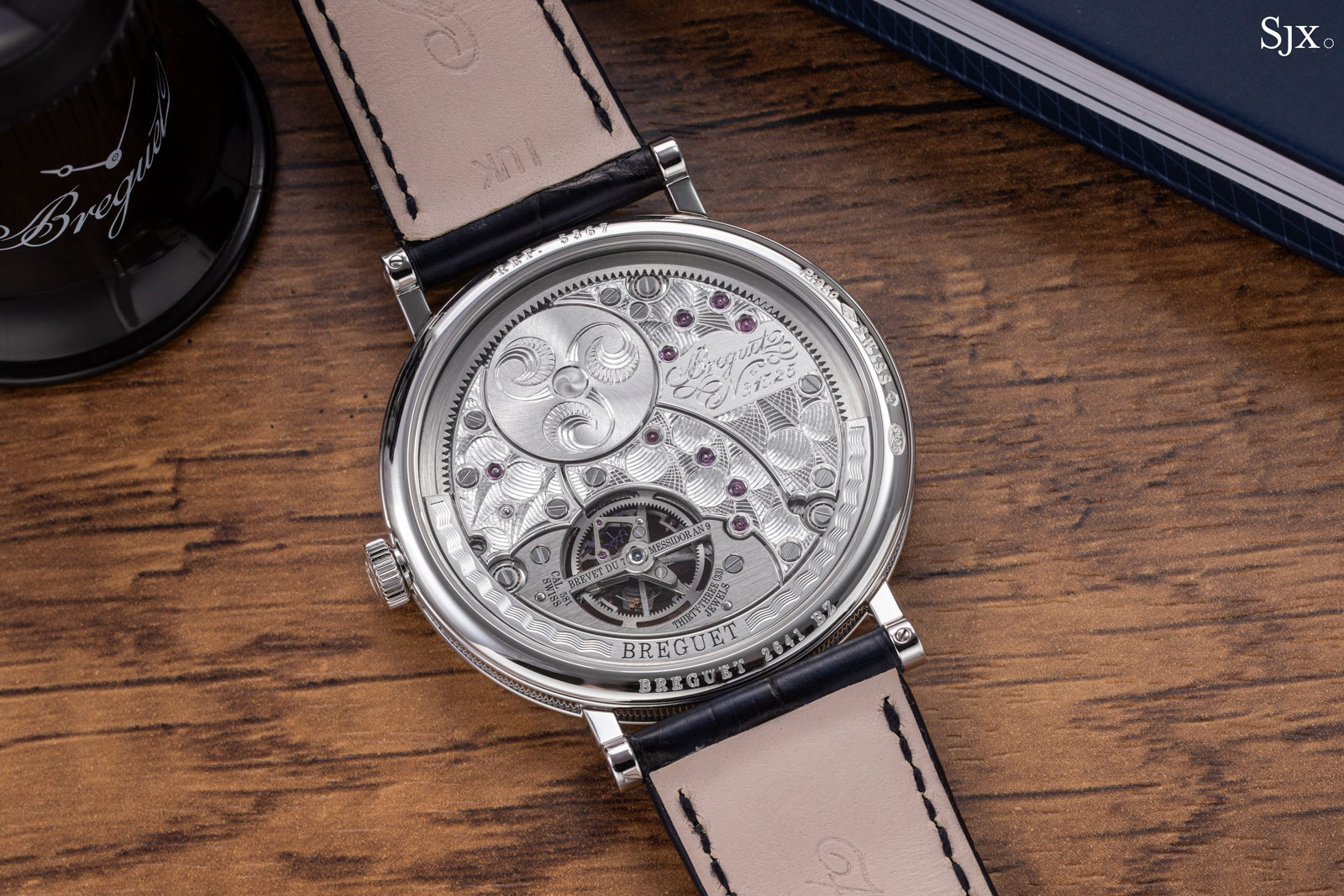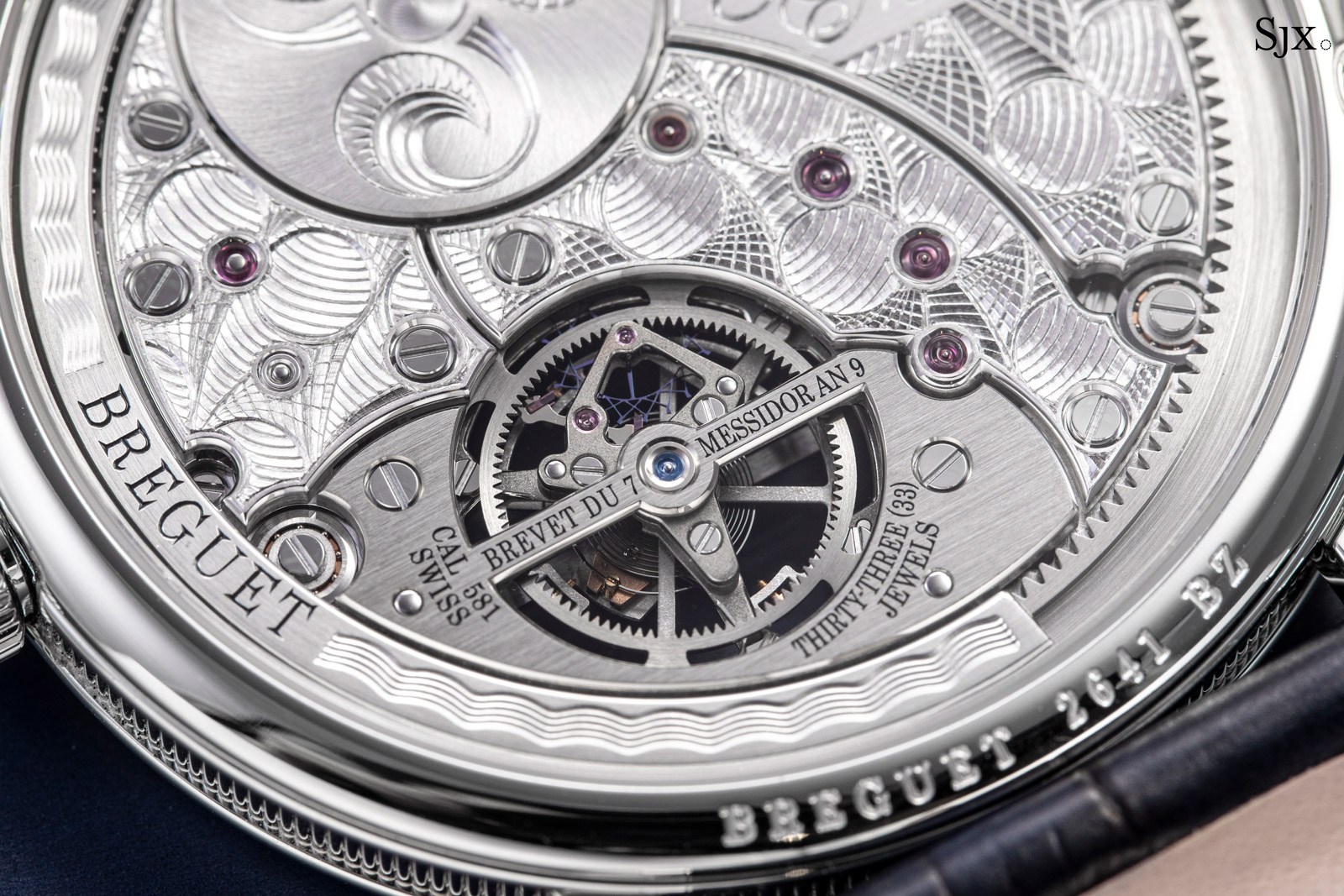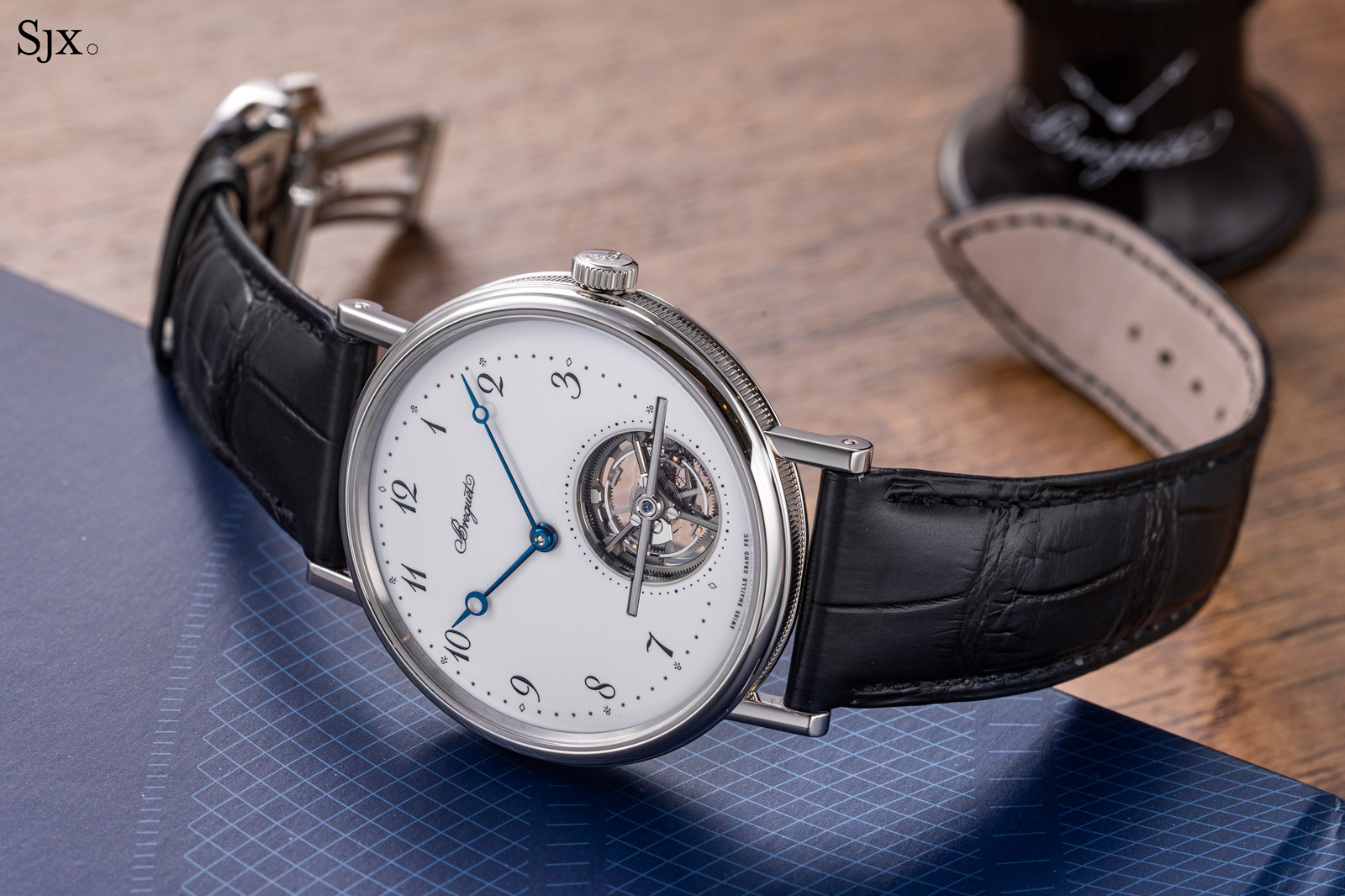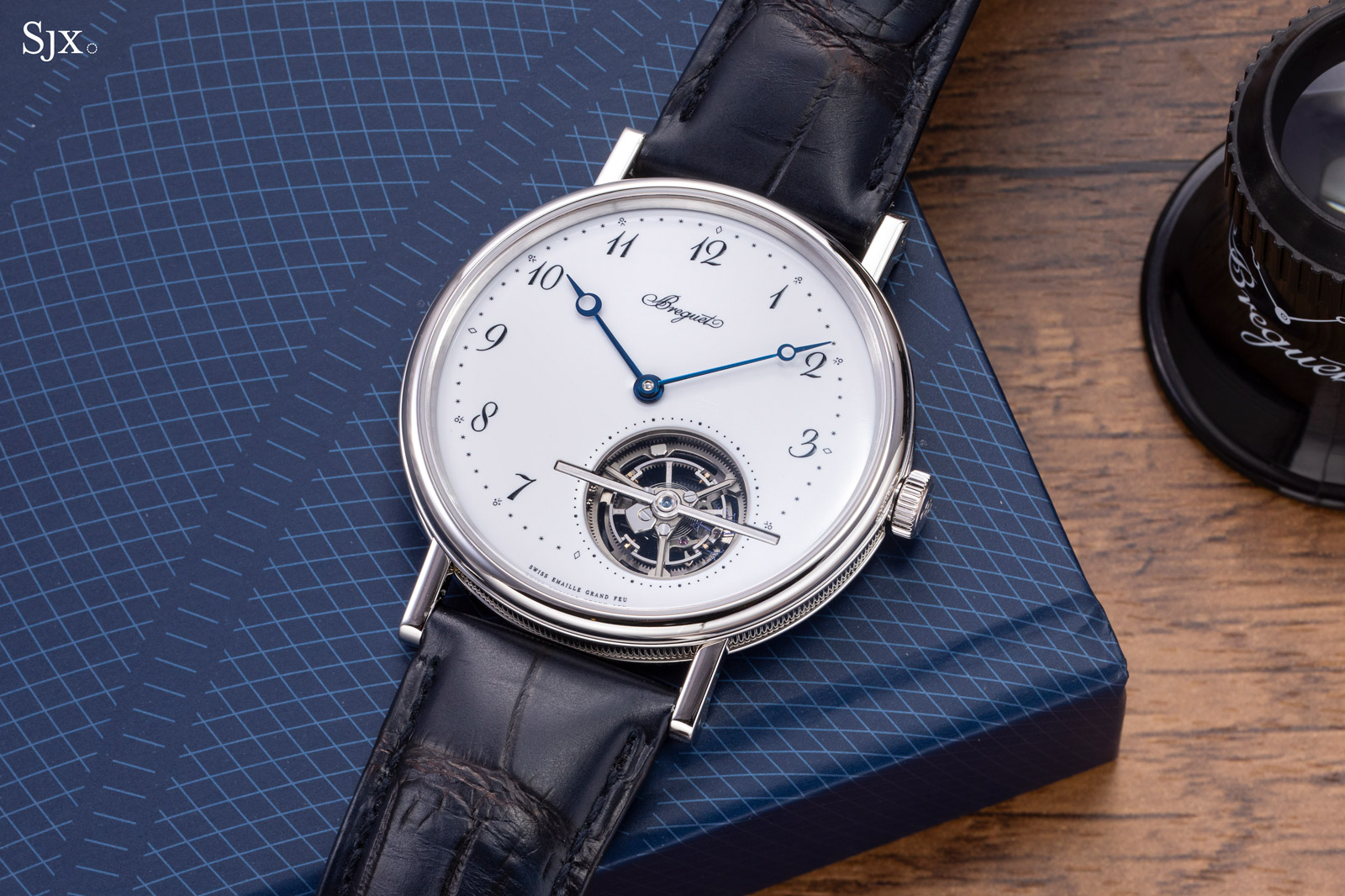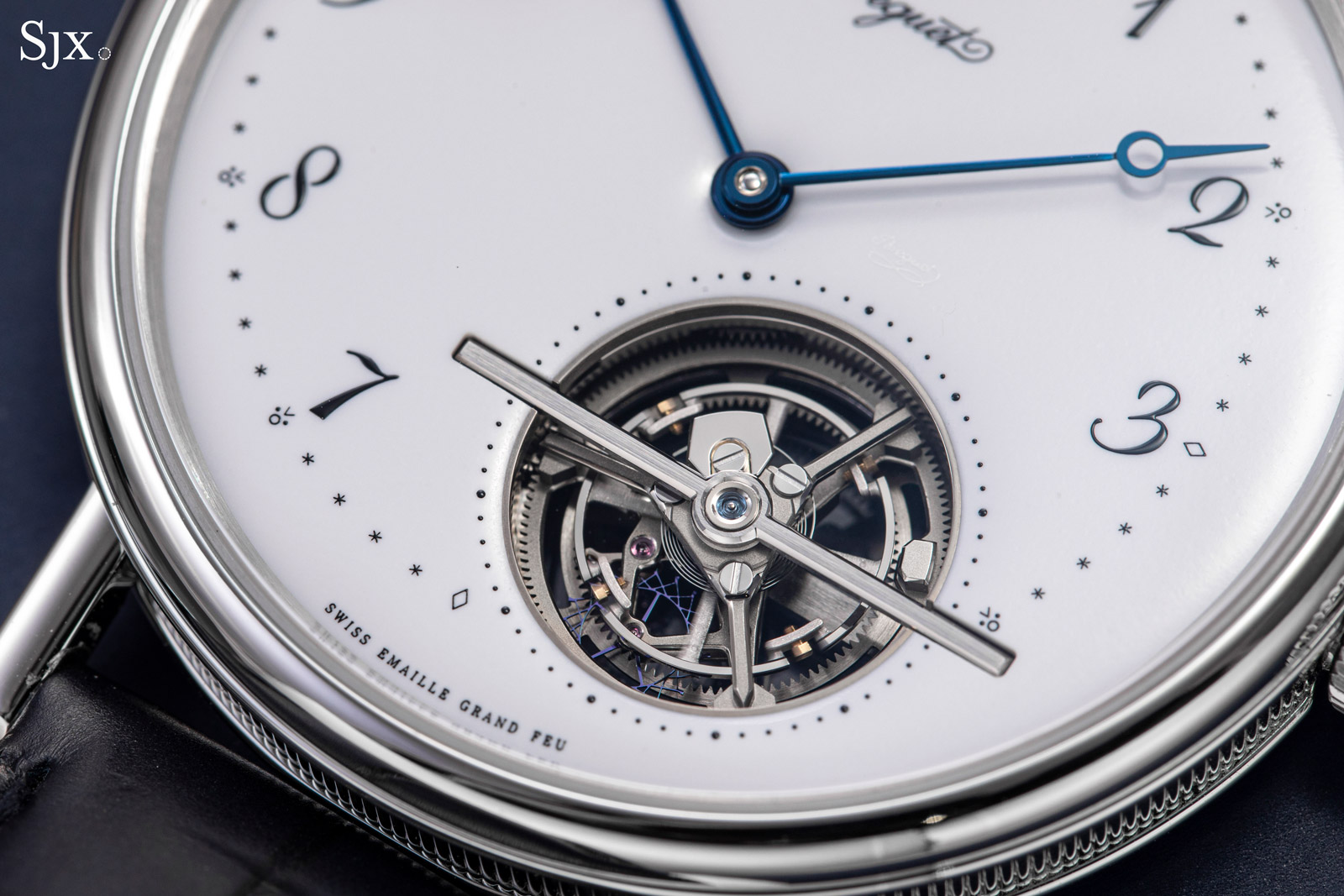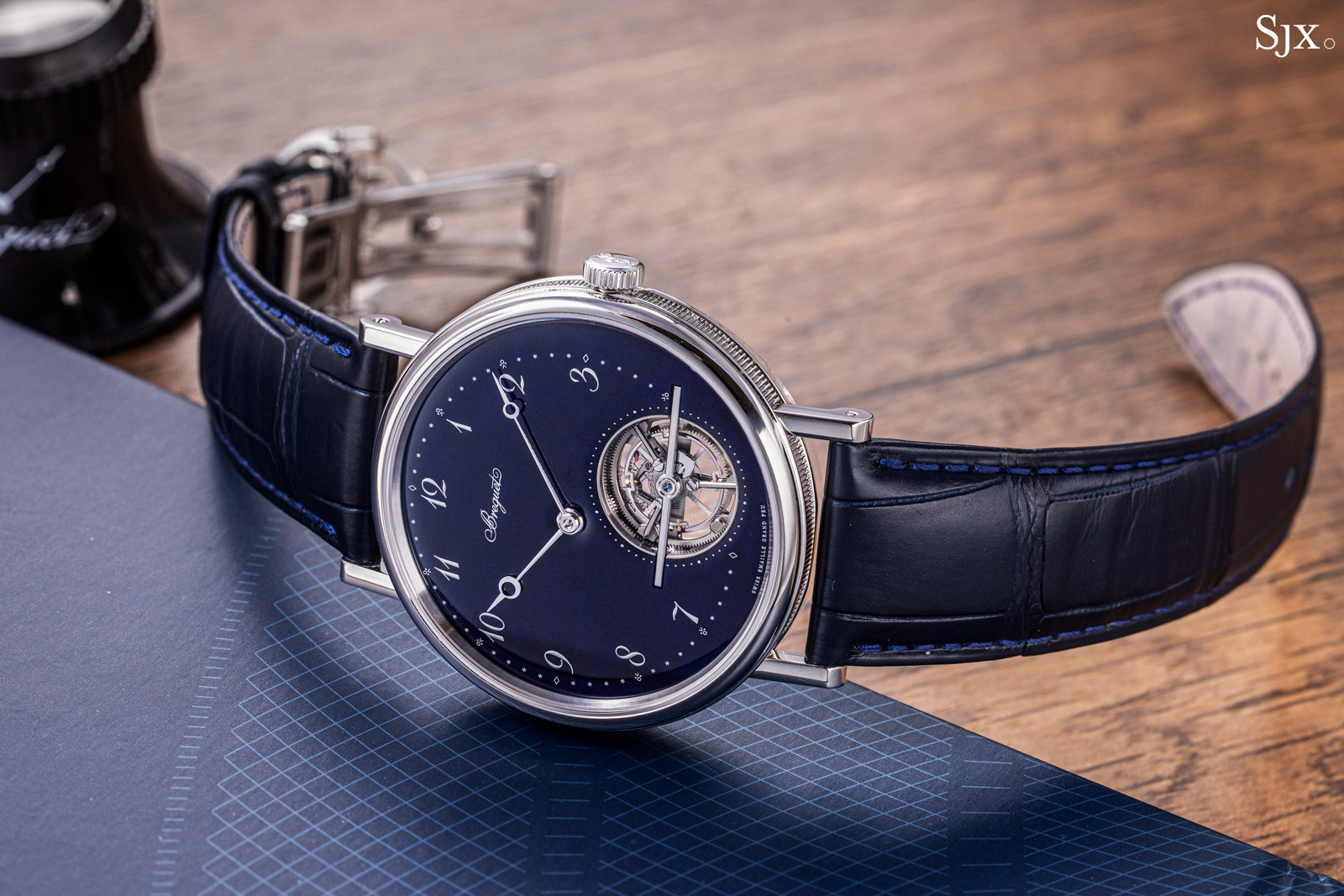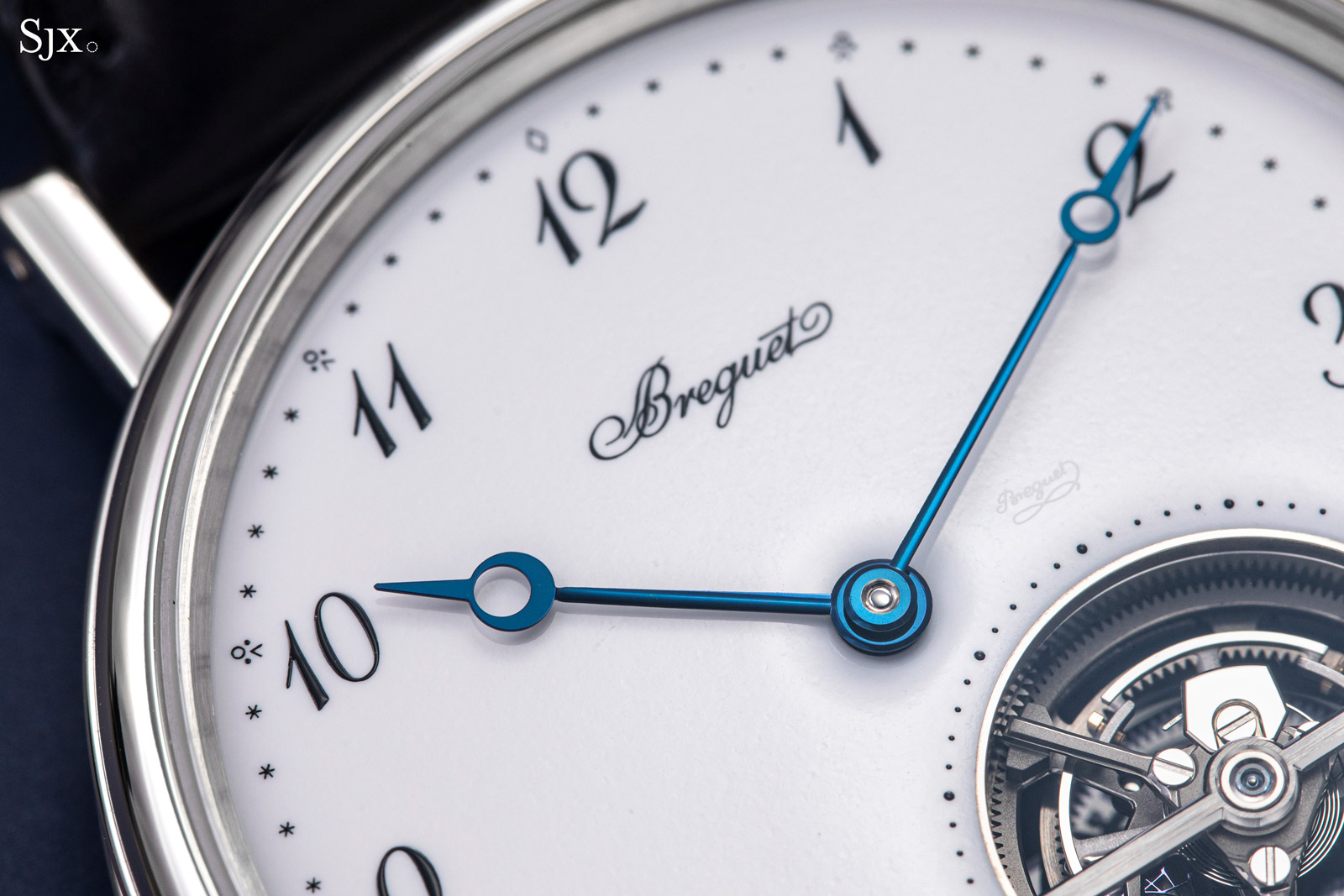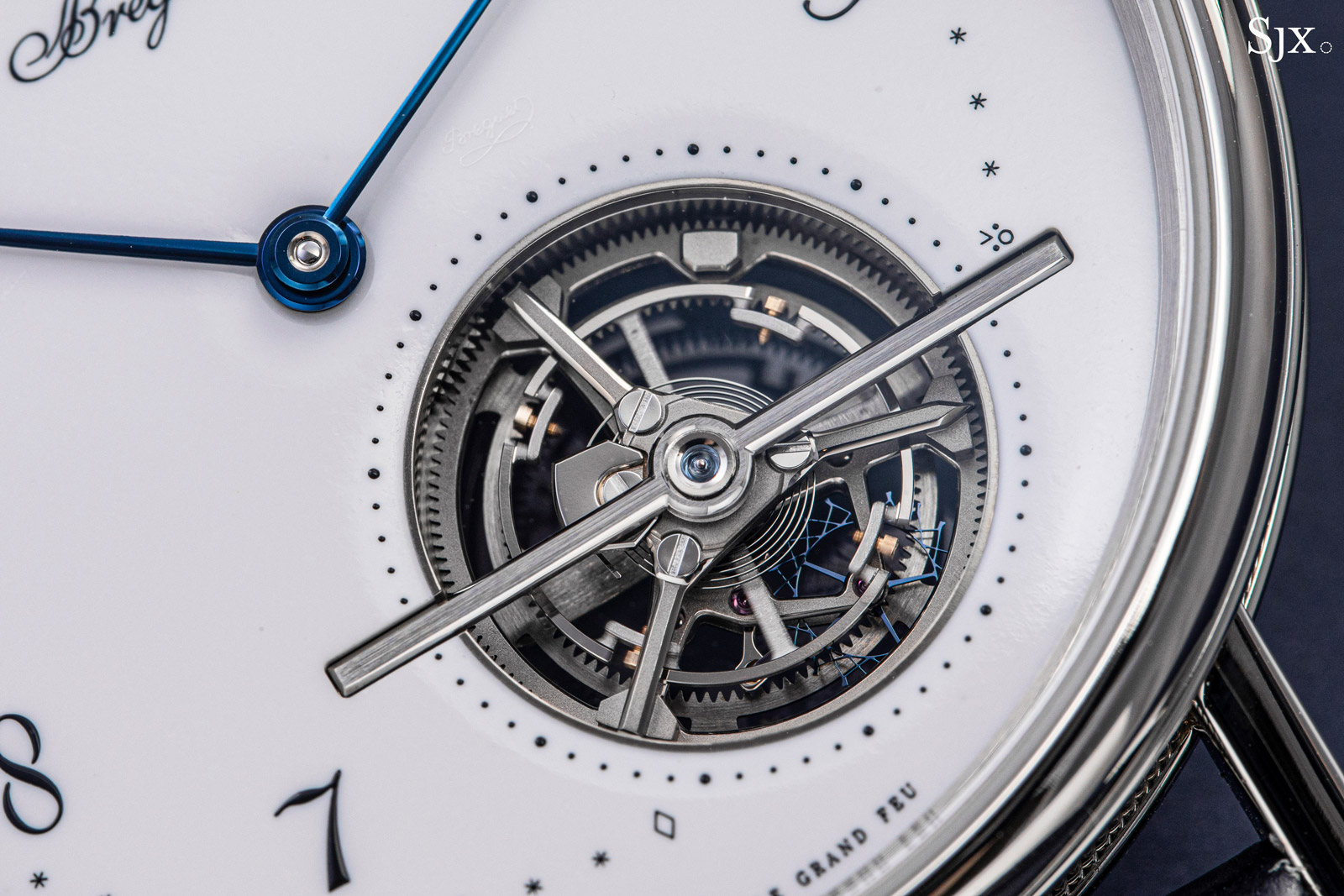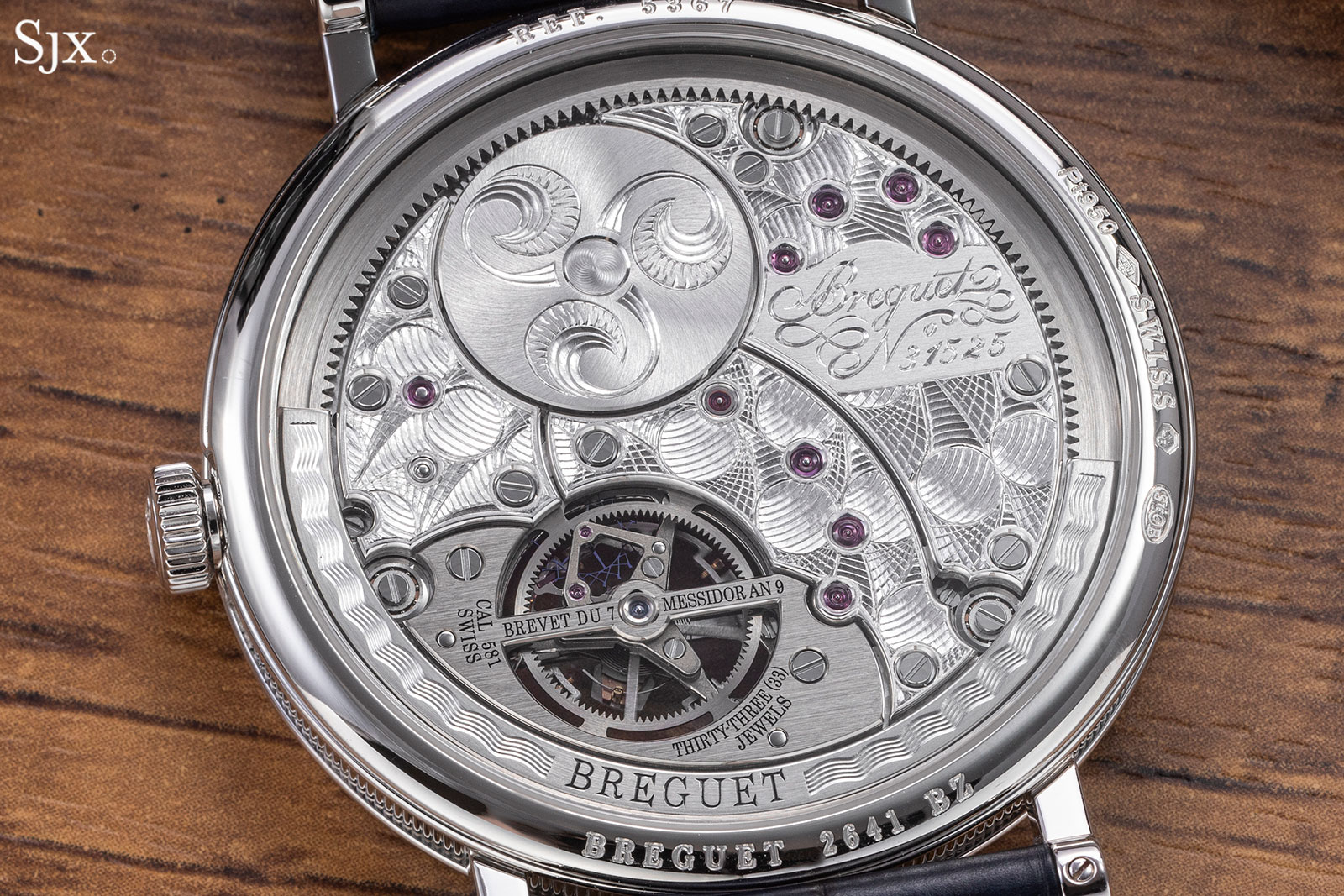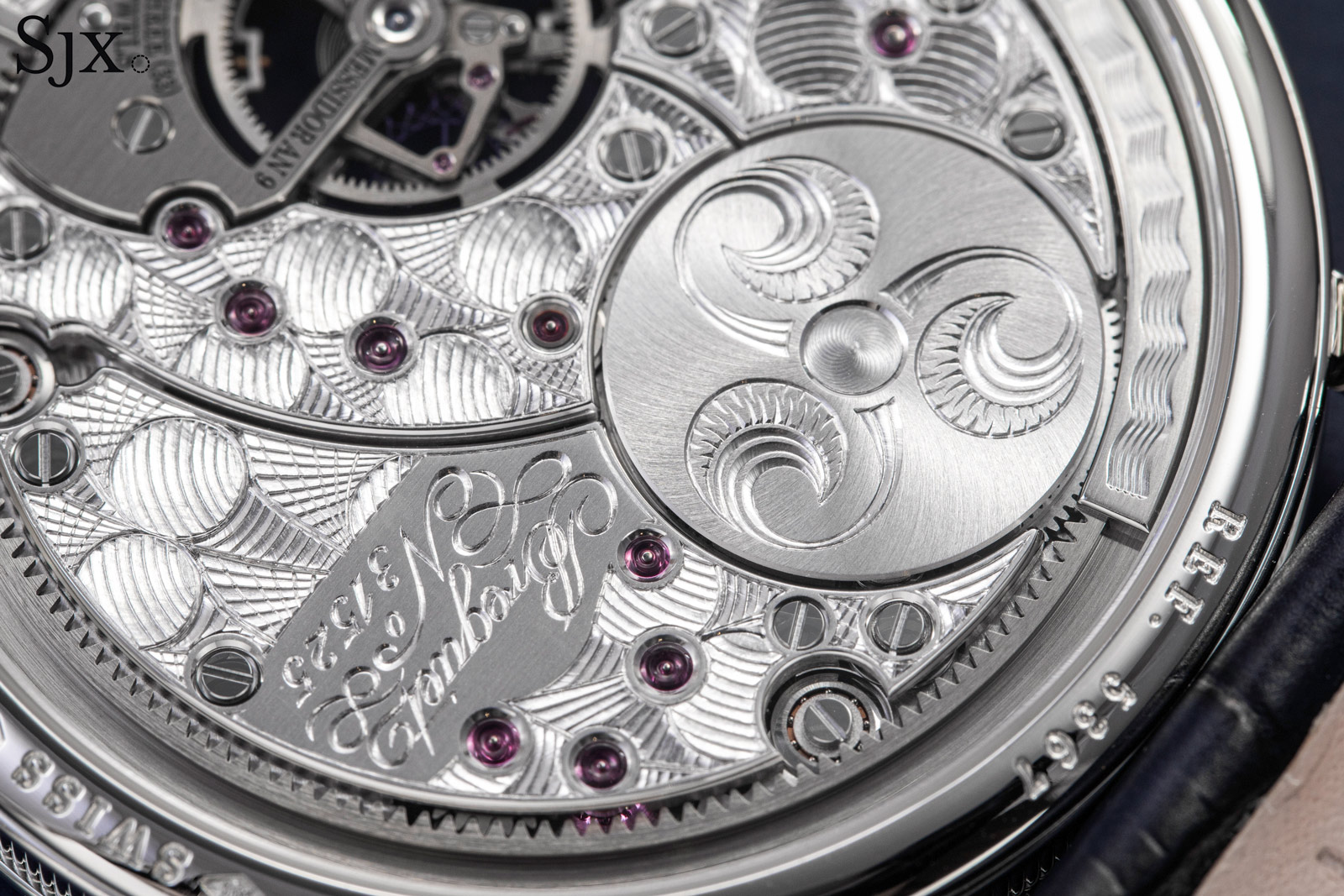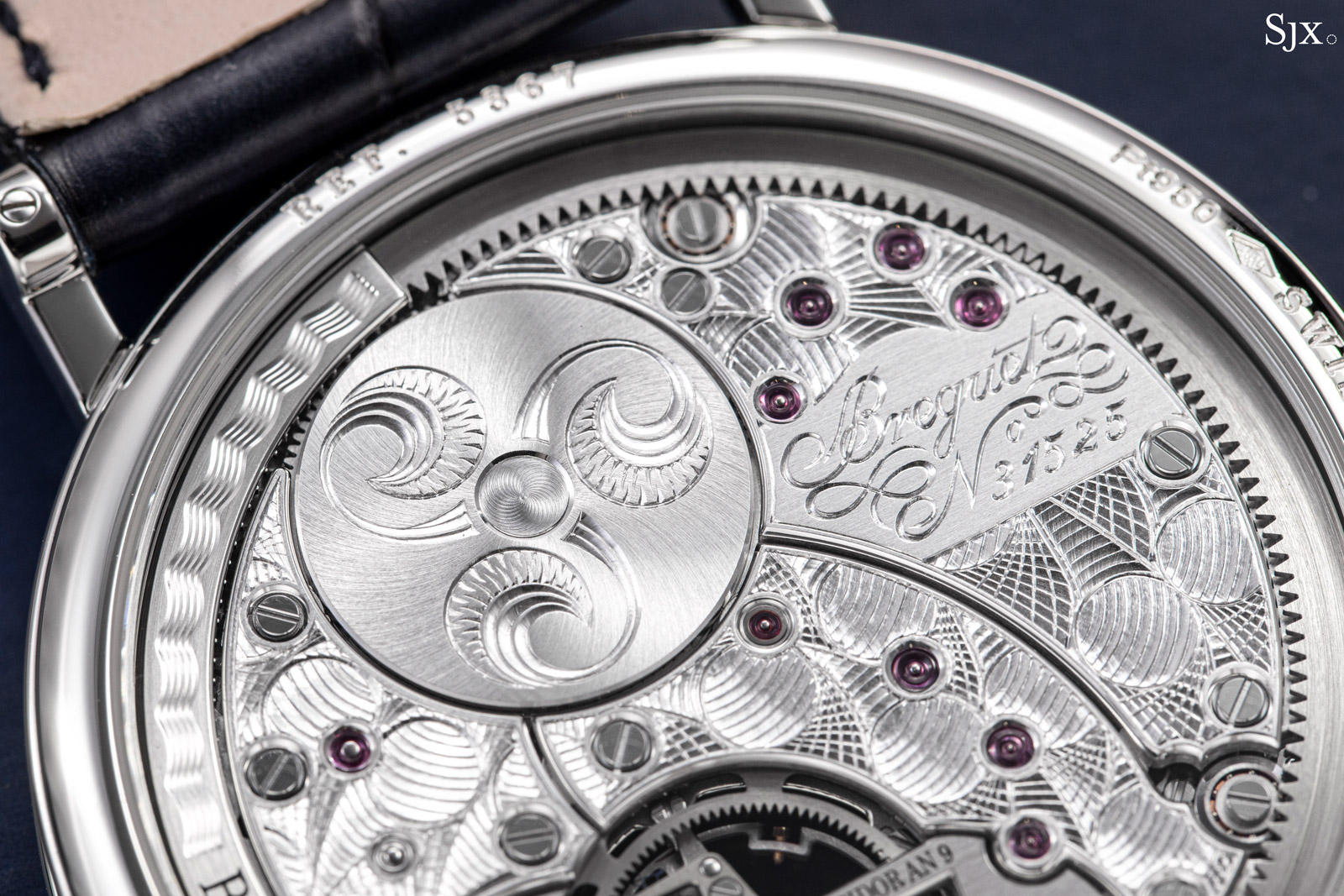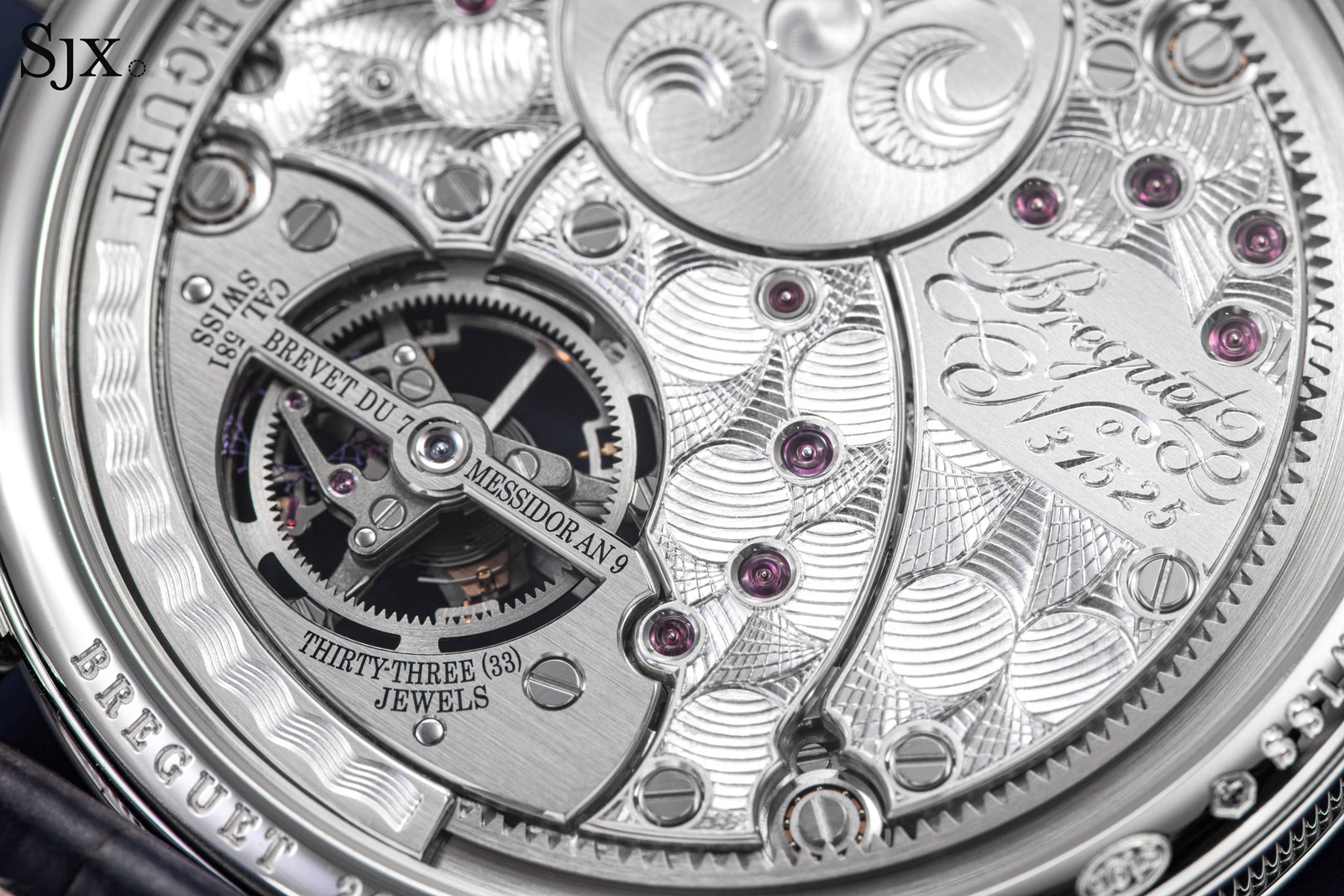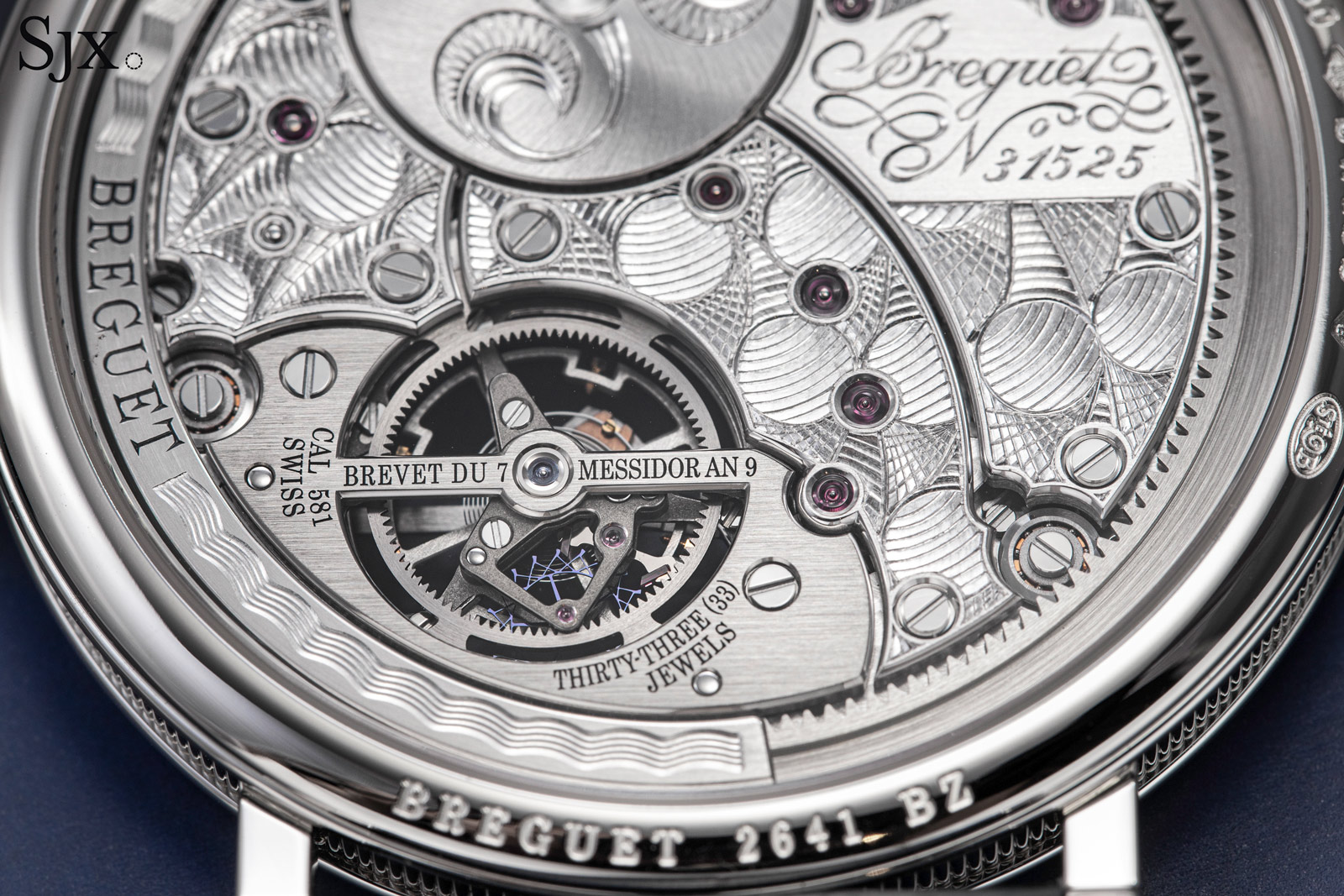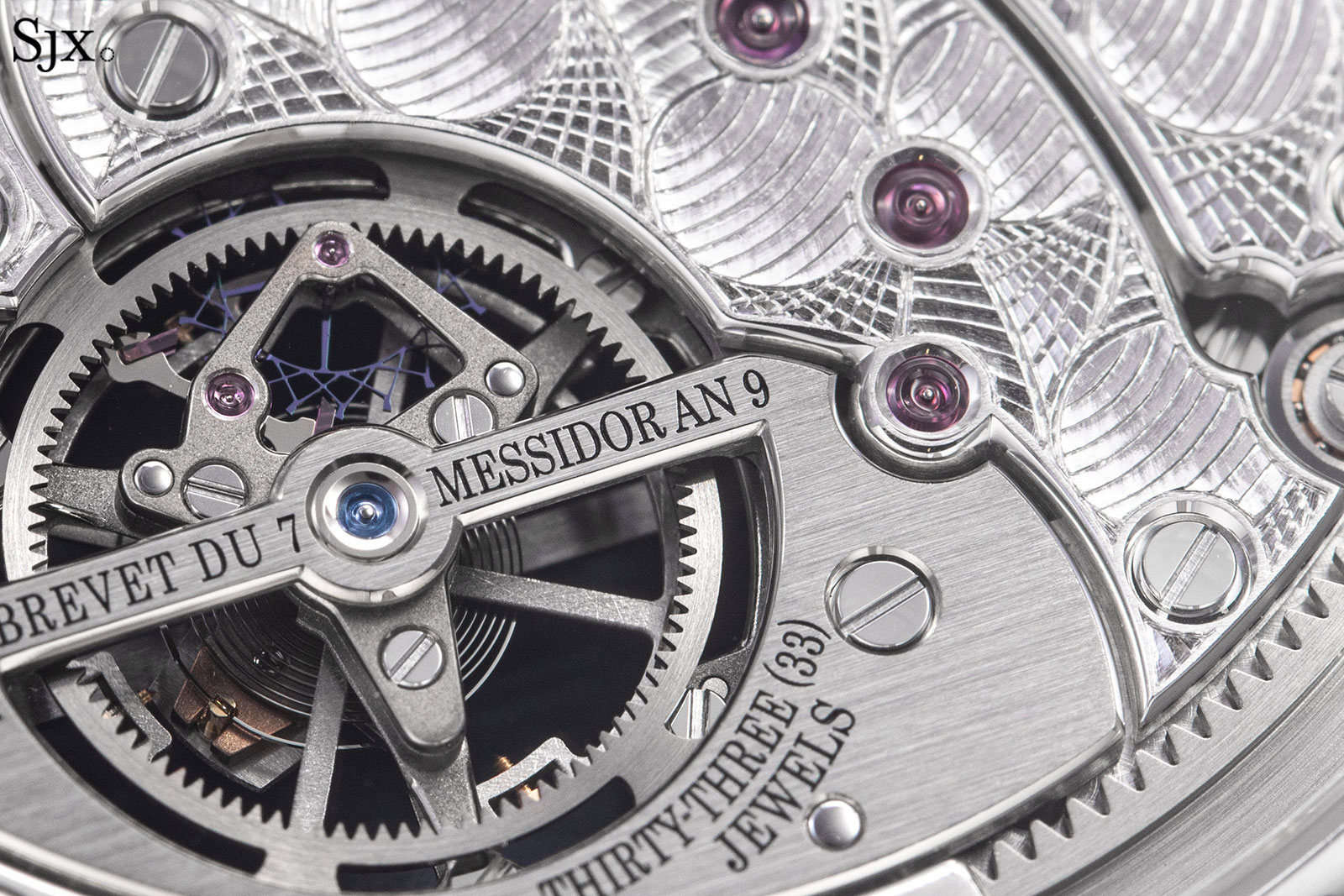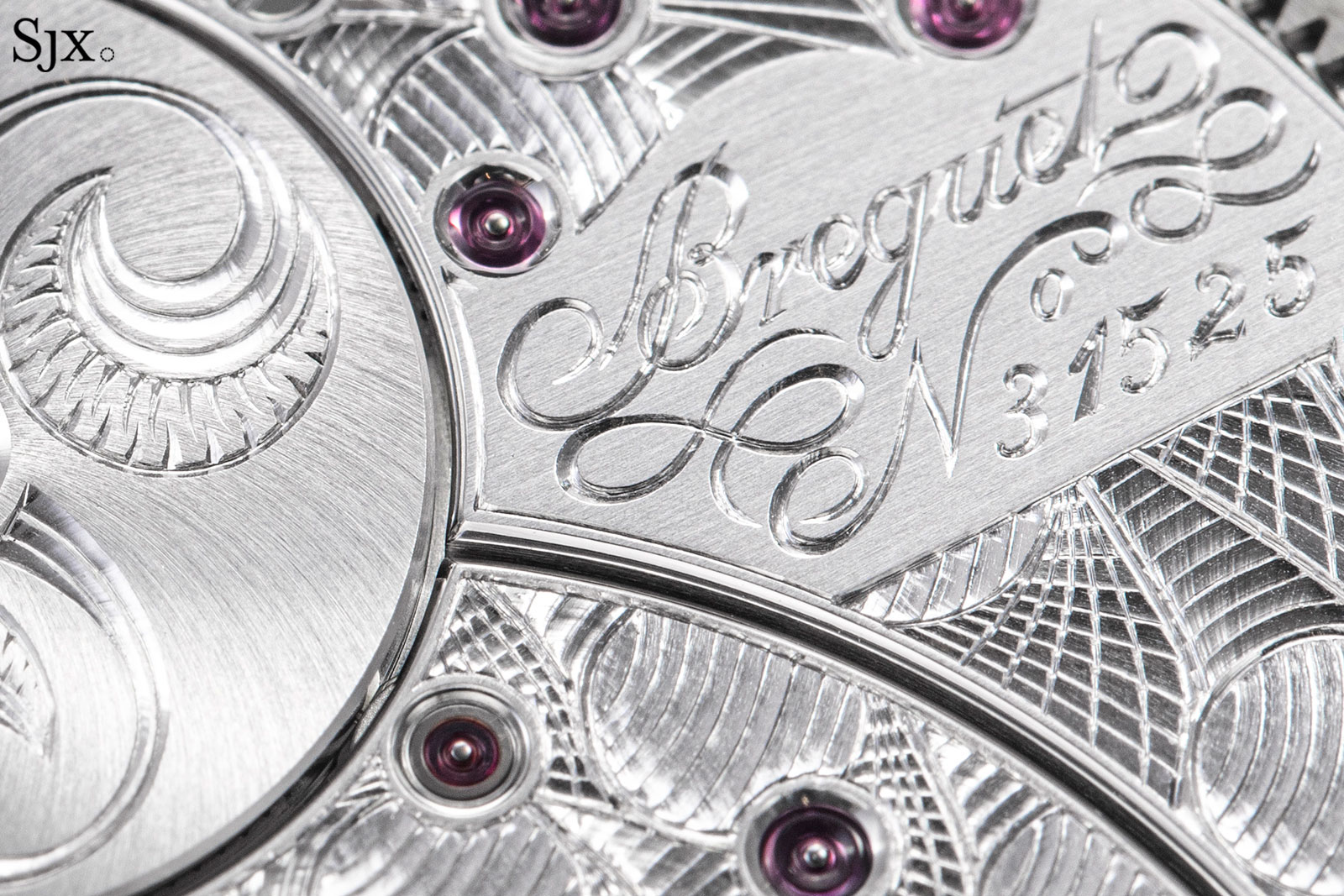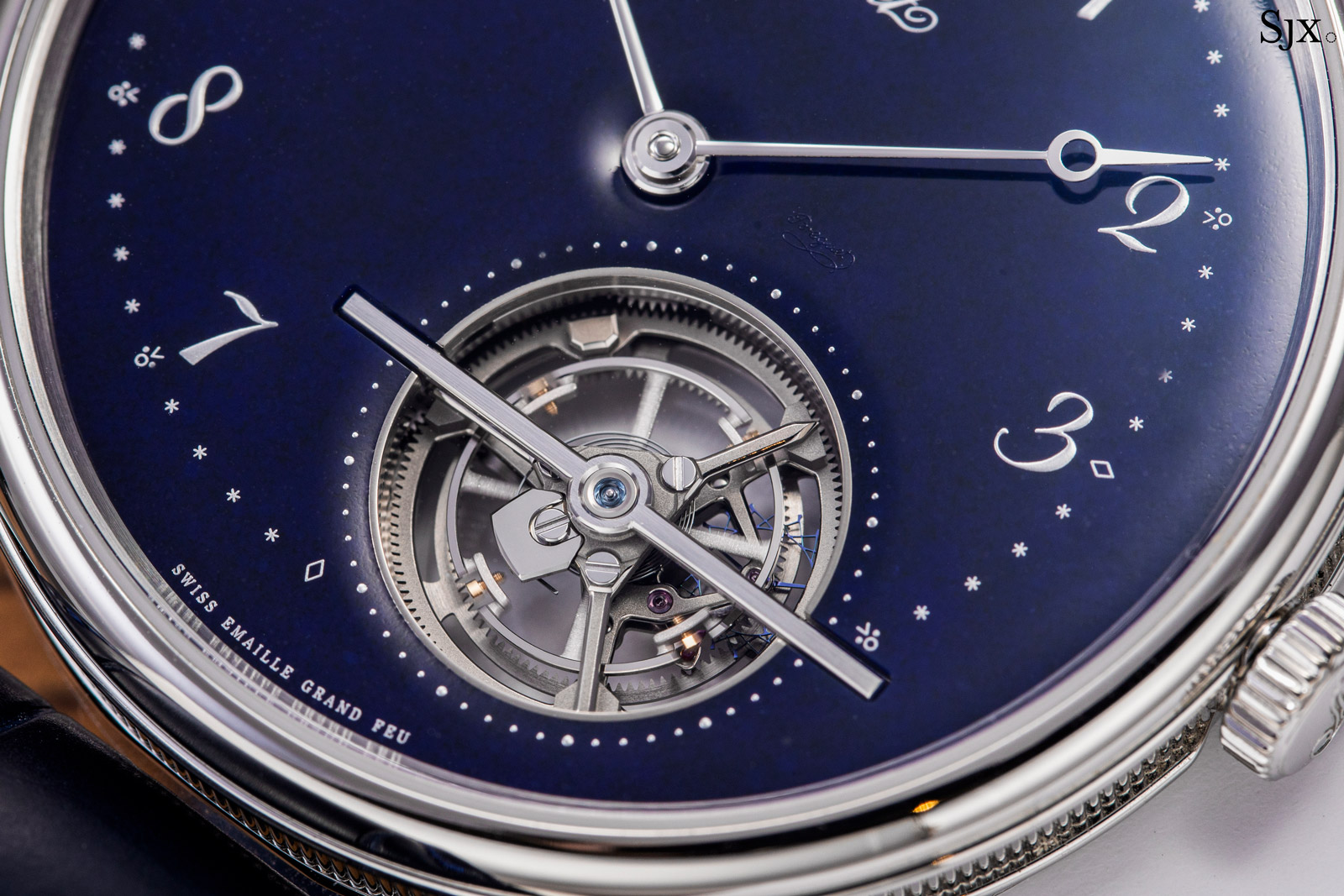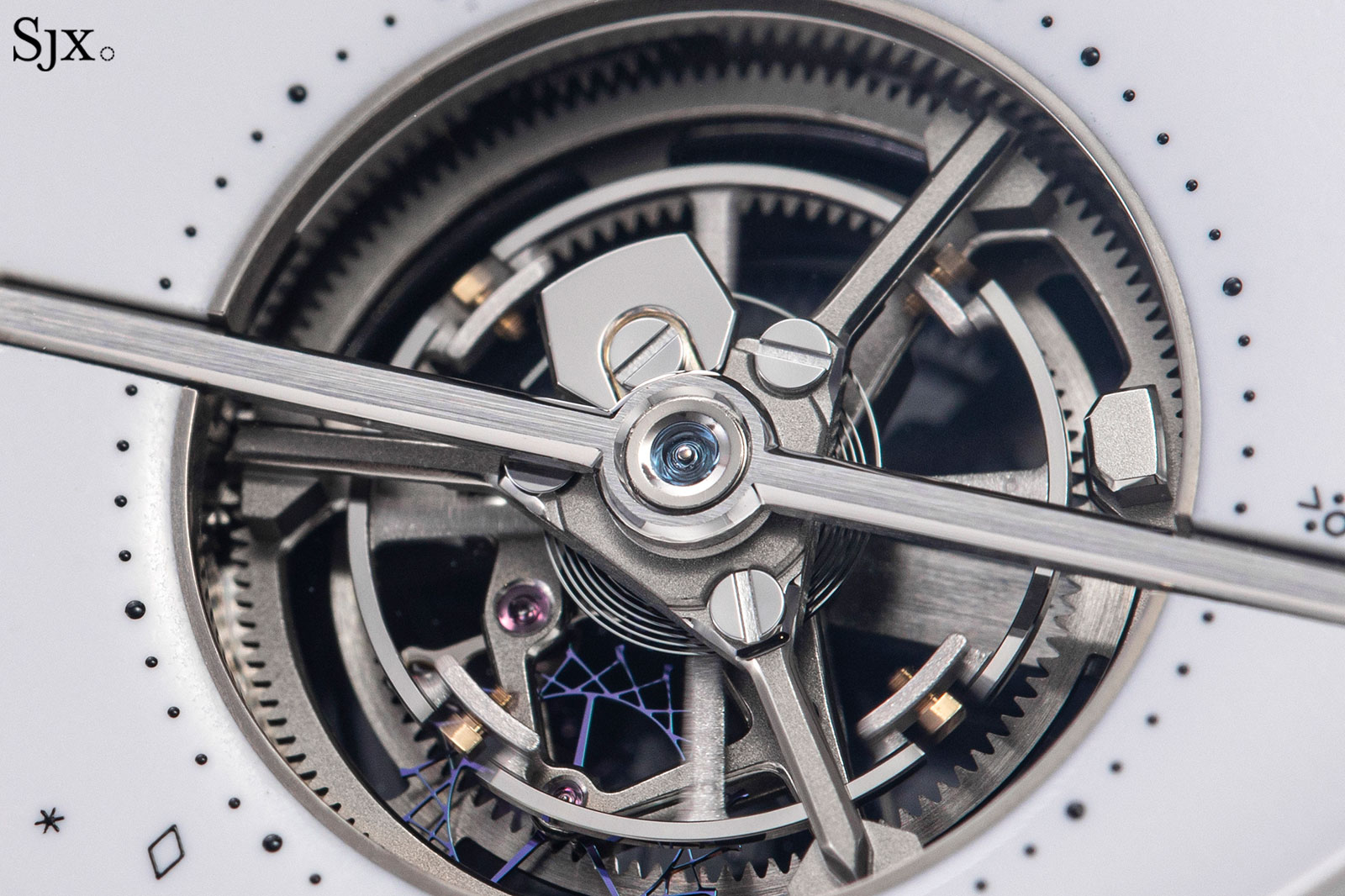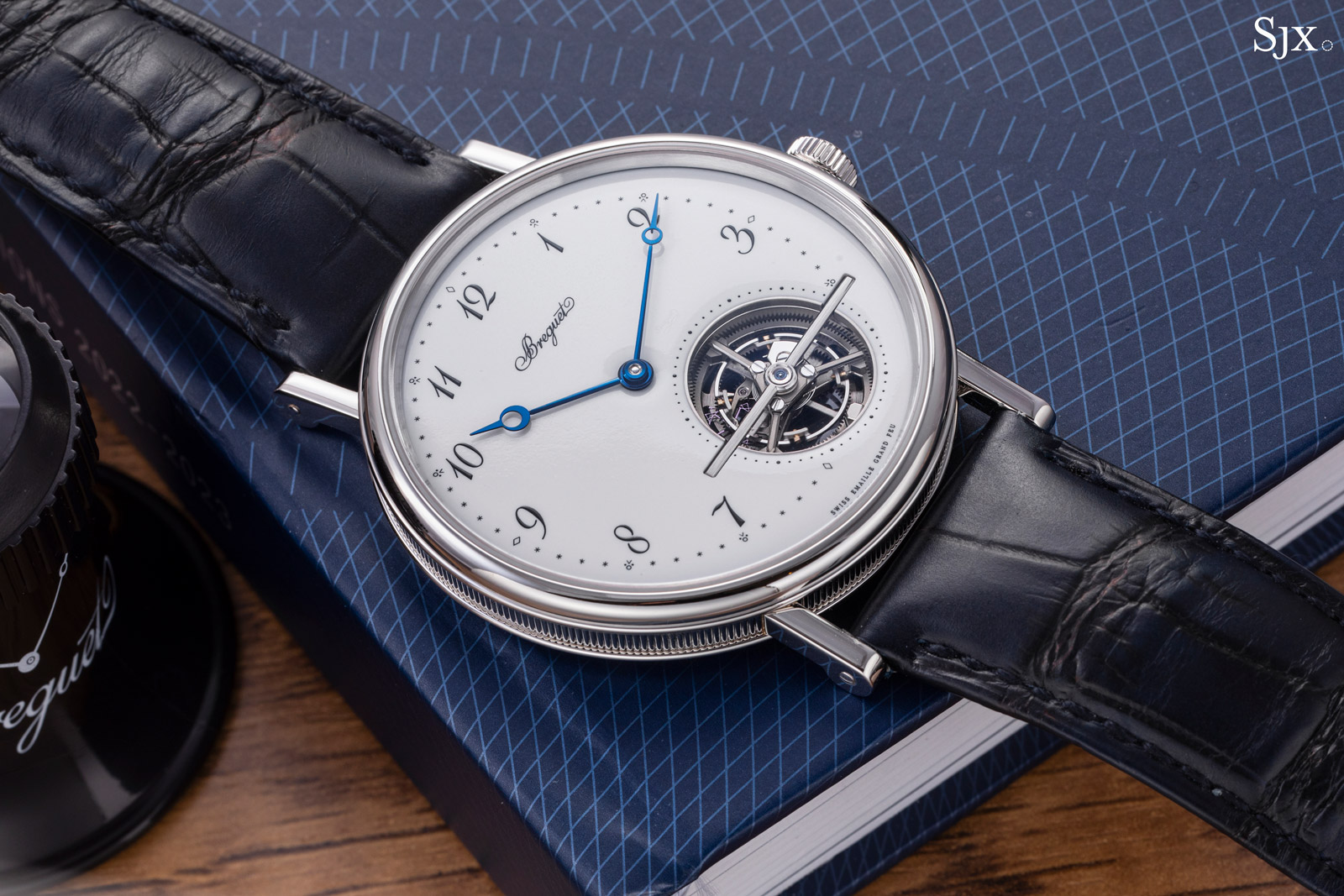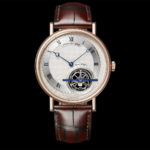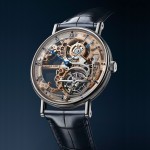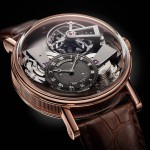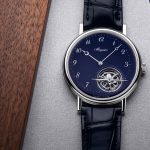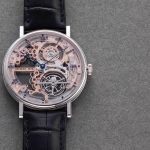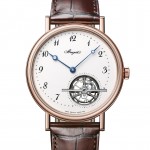Editorial: Memorable Moments at IAMWATCH
The people behind the watches.
The first large scale watch fair I attended as Tempus in Singapore in 2004. A teenager then, I was fairly new to watches and found everything endlessly interesting.
History never repeats but it rhymes, as the saying goes. Iamwatch just concluded in Singapore. In many ways it was similar to Tempus: also staged by local retailer The Hour Glass, a watch fair of sizeable scale, but unlike the 2004 event, Iamwatch was largely focused on independent watchmakers. Most crucially, it was also casual – the prescribed attire was Hawaiian shirt – which allowed for more personal interactions with industry personalities.

As one of the largest retailers in the world, The Hour Glass has the pull to round up watch enthusiasts, and a great number turned up for Iamwatch, ranging from mega-collectors to royalty. Naturally, the watches spotted were diverse and often incredible.
Many multi-million-dollar watches were circulating within the event, including famous examples that sold for record prices at auction, including the Patek Philippe ref. 2523 world time with a blue enamel dial and “Gobbi” signature. And even the Patek Philippe Cubitus was spotted on several wrists, the day after its launch in Munich.
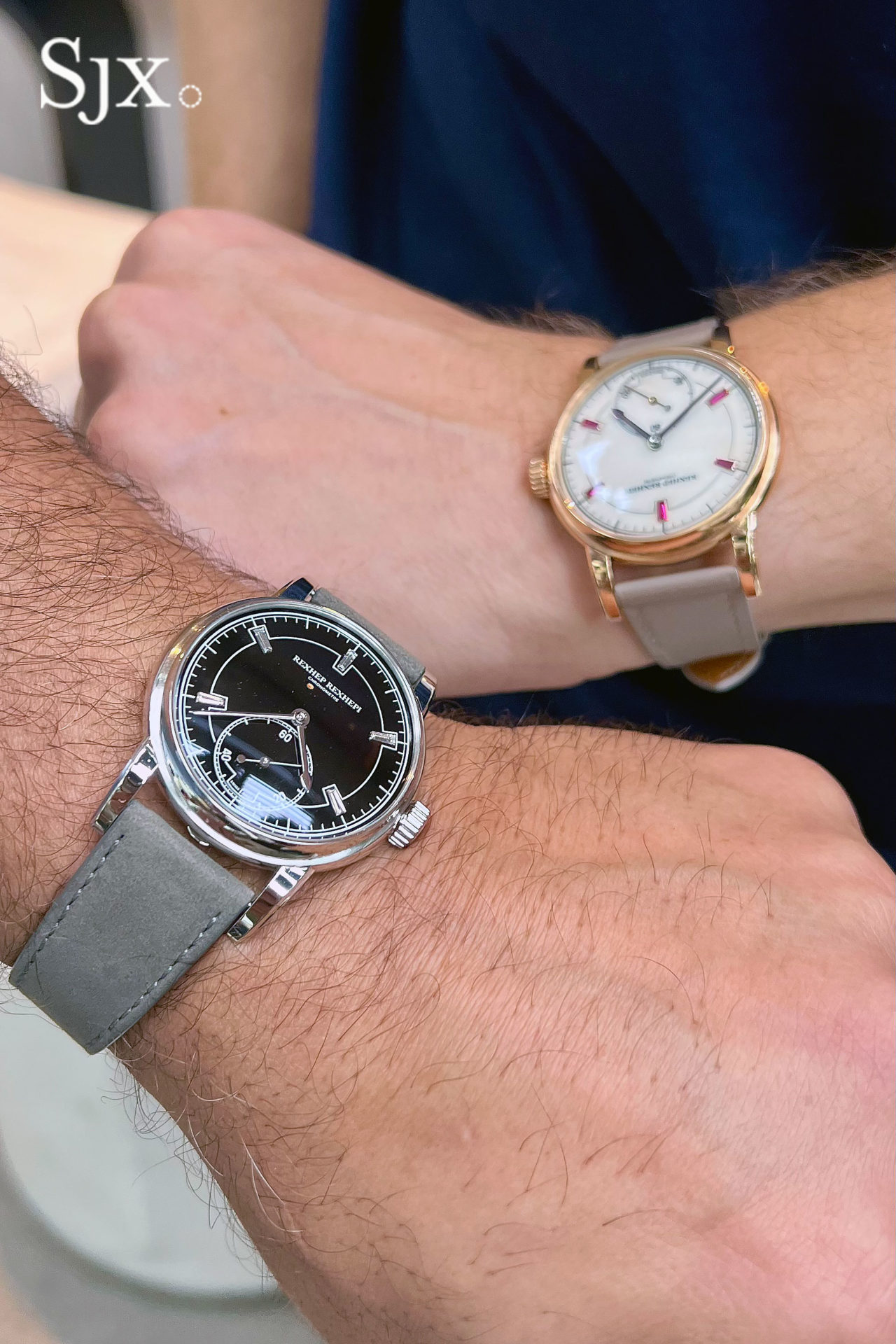
But 20 years on after Tempus, the enjoyment, significance, and enduring memories of an event like Iamwatch – for me personally – is no longer the watches, but the people.
It was the moments, often during downtime or after the doors closed, when I got to converse with watchmakers and industry personalities that stick in my mind. I am fortunate enough to interact with the same people often by virtue of what I do, but being able to reconnect at a large-scale event is priceless.


Illustrator Lee Yuen Rapati produced hundreds of watch portraits over the course of the event
Some of the highlights included talking with Raul Pages about his next wristwatch (and the creation after that), Konstantin Chaykin discussing the possibilities for future record-setting inventions following the ThinKing, debating the necessity of base movement innovation with Benoit Mintiens of Ressence, and simply having a beer with Franc Vila.
Another was the impromptu dinner on Saturday with Jean-Claude Biver and a handful of other people. Most left halfway to attend to other matters, leaving just three people at the table, myself, Jean-Claude, and Rexhep Rexhepi.
Even though Jean-Claude is older than the rest of us combined, he had more energy and vitality than the rest of us combined – and that was after an entire day of nonstop speaking. It is this force of personality that had propelled all of his brands forward.
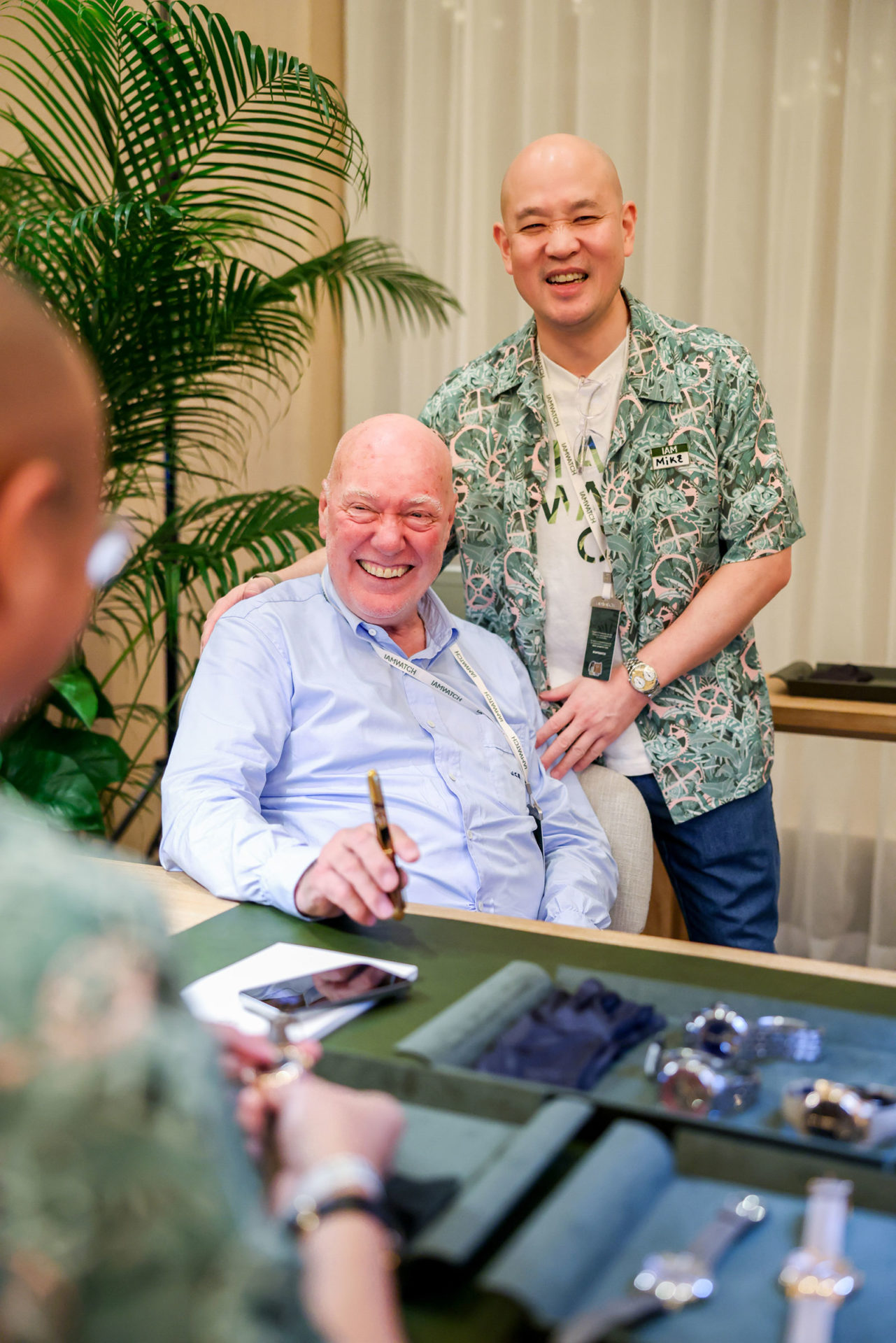
Jean-Claude Biver and Michael Tay of The Hour Glass
Listening to Jean-Claude tell stories about his lengthy career was fascinating and often funny. Jean-Claude related the tale of his first Porsche, acquired after he made some money with Blancpain. His case maker at the time, the owner of Favre Perret, advised Jean-Claude to get rid of the car, because it was a sign to suppliers to charge more.
But perhaps the most insightful was listening to Jean-Claude talk about his own brand, Biver. Independent watchmaker is fundamentally about the creators behind the watches, and though Jean-Claude is not a watchmaker, he is the man behind an independent brand.
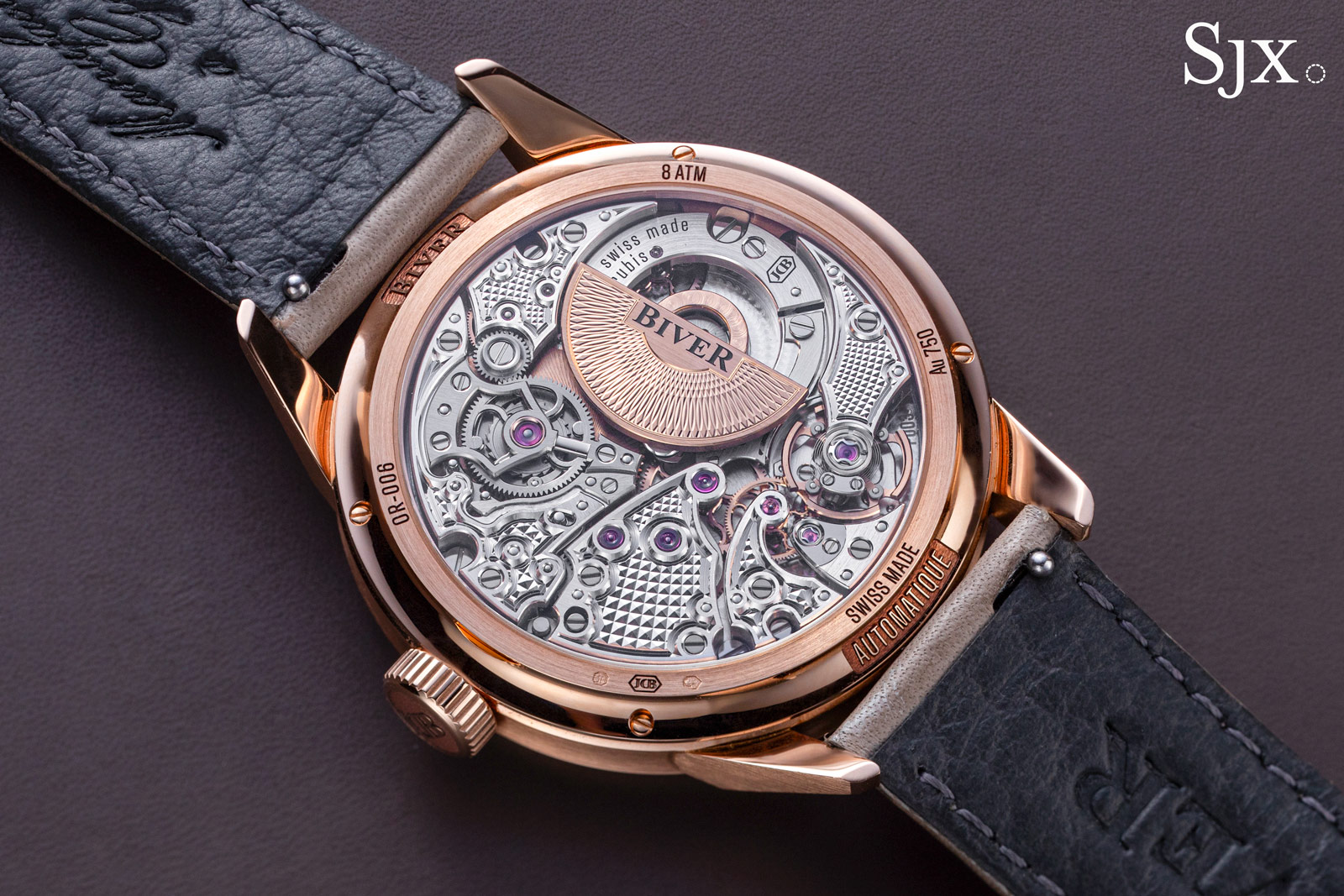
The calibre of the Biver Automatique
Jean-Claude talked about the brand and his family, particularly his son Pierre with whom he started Biver. It’s clear he has put everything into the brand, emotionally and intellectually, and also a vast amount financially. Now 75 years old, Jean-Claude doesn’t need to, but he is trying to, and that is admirable.
Knowing what he has invested in it, I felt some regret in saying the “aesthetics [of his repeater] are lacking” because while I don’t appreciate the design, I certainly respect the motivation.
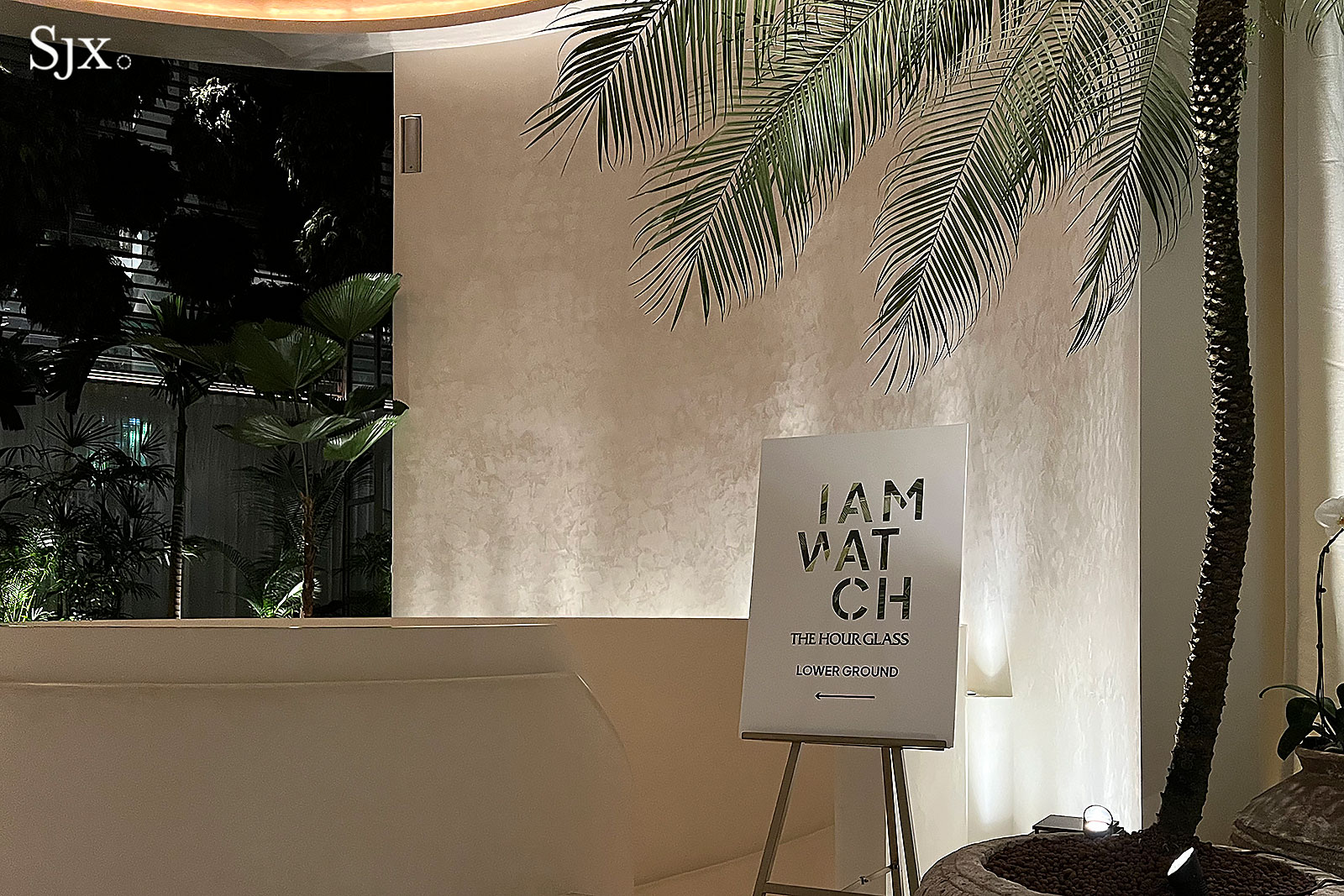
So for anyone attending the next Iamwatch (which is not a certainty but possible) or any other watch fair, remember to look past the watches and see the people, especially if they are from the sphere of independent watchmaking.
Back to top.

